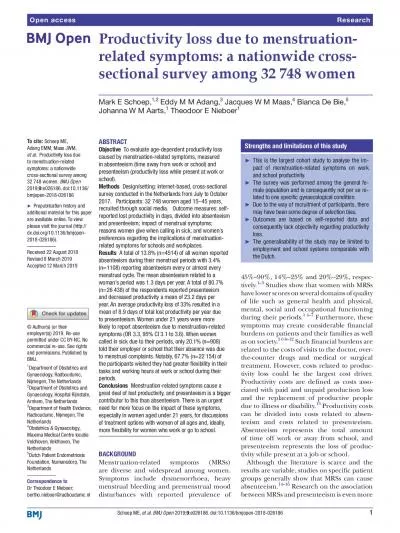PPT-Addressing absenteeism Note: This work is drawn from our forthcoming book with Harvard
Author : luanne-stotts | Published Date : 2019-06-29
Addressing Absenteeism 5 Myths About School Attendance Ethan L Hutt University of Maryland College Park Michael Gottfried University of California Santa Barbara
Presentation Embed Code
Download Presentation
Download Presentation The PPT/PDF document "Addressing absenteeism Note: This work i..." is the property of its rightful owner. Permission is granted to download and print the materials on this website for personal, non-commercial use only, and to display it on your personal computer provided you do not modify the materials and that you retain all copyright notices contained in the materials. By downloading content from our website, you accept the terms of this agreement.
Addressing absenteeism Note: This work is drawn from our forthcoming book with Harvard: Transcript
Download Rules Of Document
"Addressing absenteeism Note: This work is drawn from our forthcoming book with Harvard"The content belongs to its owner. You may download and print it for personal use, without modification, and keep all copyright notices. By downloading, you agree to these terms.
Related Documents

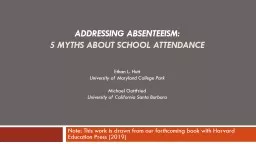

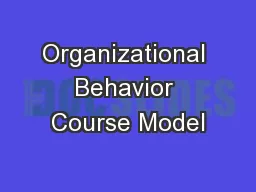

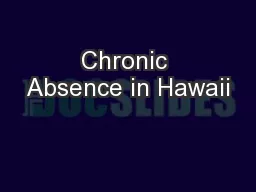

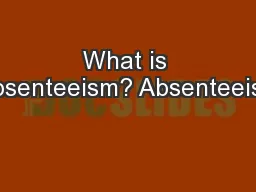

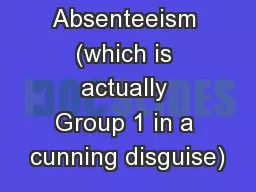
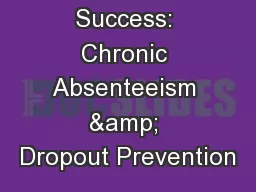
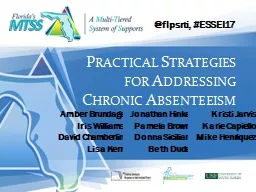
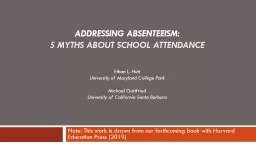
![[EBOOK] - Gates of Harvard Yard: (A fascinating guide to Harvard\'s 25 historic gates,](https://thumbs.docslides.com/906554/ebook-gates-of-harvard-yard-a-fascinating-guide-to-harvard-s-25-historic-gates-with-sketches-photographs-and-hand-drawn-map.jpg)
